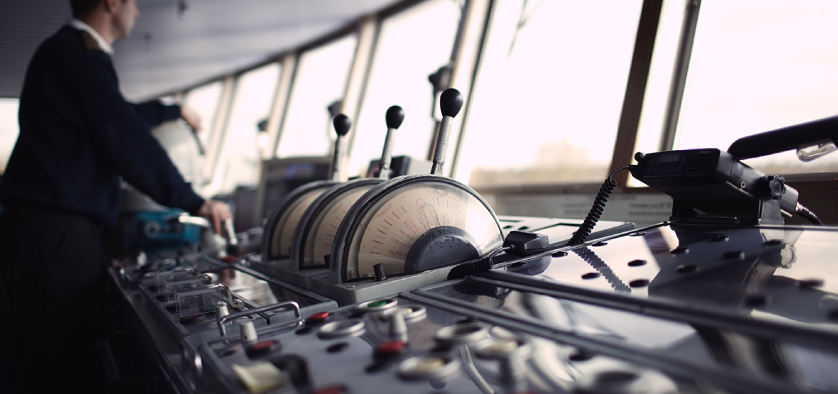Although people used to sail without electricity, simply using sails and rowing, today electricity has become essential in any sea crossing, whether short or long distance.
We are not just talking about convenience, but of safety at sea. For example, sailing during a storm, with strong winds or at night can be very risky if we have run out of power for the navigation instruments, position lights or even the communications system.
1. Properly measuring the power
The first thing we need to do is to properly measure the power we need. This will depend on different factors, such as the boat’s size, the amount of basic and luxury equipment that consume energy, and the type of navigation we are going to carry out, short or long distance, coastal or offshore.
For example, a recreational craft of about 14 m in length can consume about 150 amp-hours per day. However, as we have said, this average will vary according to the consumption of the different equipment and the navigation itself as sailing on the high seas requires more sources of energy and greater electrical autonomy.
To calculate the necessary power, we need to know the amps consumed by each device per hour, and multiply them by the number of hours we are going to use them during the day. If we have the power in watts, we divide them by the voltage to calculate the amps. If the boat’s switch panel already has an ammeter, we can use it for the calculation by connecting the different devices one by one and noting the result. With the sum of the different consumptions we will obtain the total daily consumption.
A quick and efficient way to calculate this daily consumption is to use a consumption meter, which will indicate the consumption of the different appliances and the stored energy that is available at any given time.
With this information we will be able to adequately measure the power needed on board. This is ideal for new or refurbished boats. But what do we do if the installation is already done? In this case, and if we find that the current power is insufficient, the most recommendable thing is to review consumption and try to reduce and optimise it. This can mean there will be a problem of space and weight.
2. Reduce and optimize energy consumption
In ships that are longer, energy consumption tends to be higher than in small ones, and not merely because they have more electronic equipment that is more powerful (GPD, radio, anchor lift, computer, lighting, communications, water treatment plant for sea water…), but because the electronic, luxury devices are those that consume the most: fridge, cooker, microwave, hair dryer… If our energy needs exceed or are at the limit of our capacity, we will have to check which appliances are not necessary or those we can reduce their use.
In addition, we recommend prioritizing appliances with optimized consumption. The simple fact of installing LEDs in interior lighting and navigation lighting can save us up to 10 ampere hours per day on a small boat, and up to double or triple on larger boats.
The appliances that do not work correctly or are not optimized for reduced power consumption cause us to use extra energy. For example, a well-insulated refrigerator uses less than 24 amp-hours per day, but most use twice as much because of poor insulation.
A good water purifier, both for small and larger boats, also optimises consumption. For example, water purifiers for Eco-Systems have an energy recovery system of up to 80%.
In short, by reviewing the operating status and quality of the different on-board devices we can save a significant amount of energy.
3. Use alternative energy sources
More and more boats are installing alternative energy sources, as a complement to the batteries they already have. These sources of energy allow for a greater autonomy on long-distance journeys, although they are also very useful in coastal navigation and short journeys. Depending on the climate and the geographical area where we sail most frequently, we can choose solar panels, wind turbines or hydro-generators.
For example, solar panels are an excellent option if we sail the Mediterranean in summer, but also in the north, where the days, although less sunny, are longer. In areas where days are significantly short we can opt for energy wind, for example in the Caribbean, where winds tend to be strong and constant, or even hydraulic energy.
Sources: Eco-Sistems, Boats.com, Oceanica Nautical Learning, Sailing Magazine.






